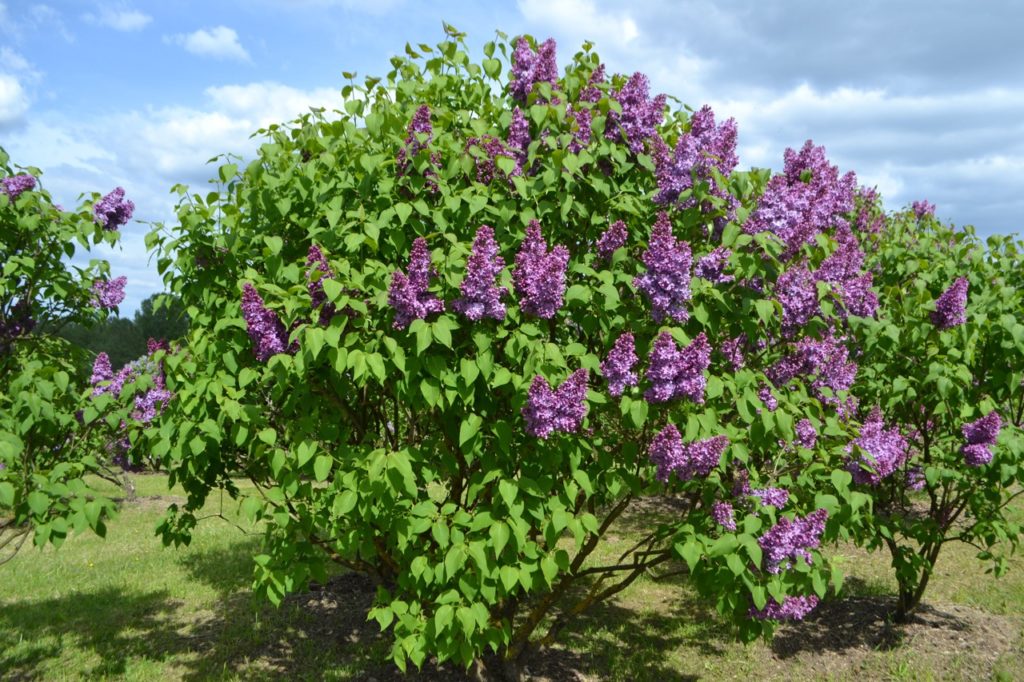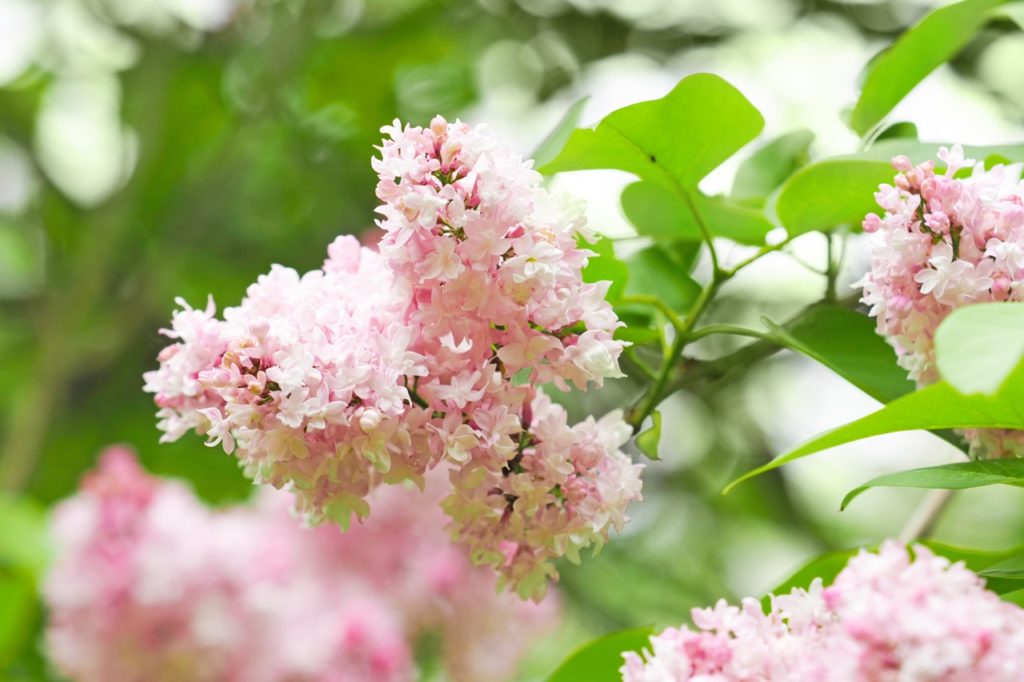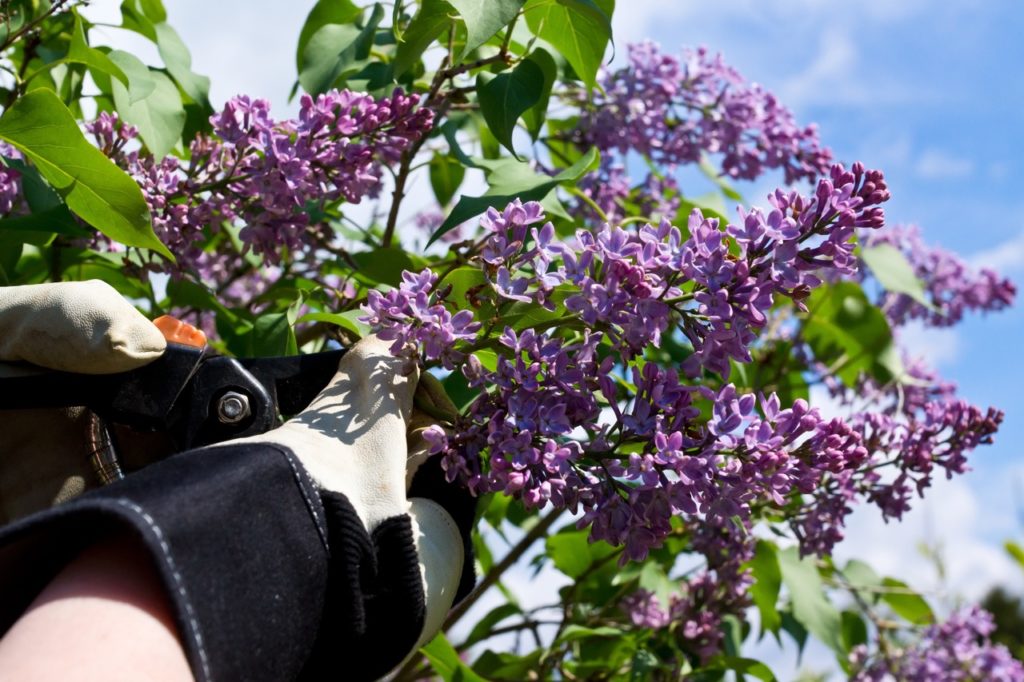Here’s Why David Gressley Is In Favour Of Deadheading Spent Lilac Blooms


Elizabeth is a Permaculture Garden Designer, Sustainability Consultant and Professional Writer, working as an advocate for positive change. She graduated from the University of St. Andrews with an MA in English and Philosophy and obtained a Diploma in Applied Permaculture Design from the Permaculture Association.
Reviewed By COLIN SKELLY

Colin is a Horticulturist and Horticultural Consultant with experience in a range of practical and managerial roles across heritage, commercial and public horticulture. He holds the Royal Horticultural Society’s Master of Horticulture award and has a particular interest in horticultural ecology and naturalistic planting for habitat and climate resilience.
Contributions From DAVID GRESSLEY

David is a self-proclaimed ‘plant geek’ who graduated from Ohio State University with a BSc in Agriculture. He’s a Board Member of the International Lilac Society and the Vice President of the US division. With experience working in arboretums, he is now the Head Horticulturist at Spring Grove Cemetery, a recognised historical landmark based in Ohio.
LILAC GUIDES
Container Growing
Deadheading
Planting
Propagation
Pruning
Lilac can be a wonderfully low-maintenance plant to grow in many gardens.
Though not native, it can be a boon for native wildlife, and when in bloom, many species and cultivars can fill your space with a delightful scent and will look lovely too.
One question that you might have is whether you need to deadhead lilac, and if so, how you should do so.
I’ve shared all you need to know about deadheading lilacs in the rest of this guide:
Do You Need To Deadhead Lilac?
Syringa vulgaris, common lilac, does not really need to be deadheaded at all, and whether you do so or not will largely come down to a matter of personal preference.
It will depend on whether you are the type of gardener who likes to let nature take the reins or someone who wishes to keep everything neater and more under control.
Some people believe that deadheading lilac will lead to better blooming the following year, but this is simply not the case.

Whether you deadhead or not, flowering the following year will not be affected, so deadheading is usually for your own benefit, rather than for the plant.
Some people simply prefer not to look at the brown flower heads once they have faded and remove them for aesthetic reasons.
“Whether you deadhead or don’t is partly down to the temperament of the gardener but also to the style of the planting,” shares Master Horticulturist Colin Skelly.
“For example, a formal planting will benefit from deadheading whilst it might detract from a naturalistic planting.”
“I am in favour of deadheading spent lilac blooms if they are not being hybridised for their seed,” says David Gressley, the Vice President of the US division of the International Lilac Society.
“The benefit of deadheading lilacs is purely aesthetic unless a plant is under stress, which will prevent the expenditure of plant energy into seed production that will otherwise contribute to plant defence and its energy reserves.”
As David touches on, there are only a couple of times when you might wish to deadhead for more than aesthetic reasons.

Most lilacs bloom once, for a short period in late spring or early summer each year, but a few cultivars can bloom a second time in late summer or early autumn.
Deadheading a repeat flowering lilac can be beneficial because it can make sure that the plant puts its energy into producing more flowers in the current season rather than going to seed.
With some lilacs, you might also like to deadhead as part of more general pruning, to reduce the size of your shrub or rejuvenate an older plant without losing flowers next year.
When To Deadhead Lilac
If you do decide to deadhead lilac, wait until the flowering panicles have turned brown and then cut them off the plant.
This will typically be in July for most lilacs.
Deadheading Guidelines
If you are deadheading for aesthetic reasons or to encourage repeat blooming on certain specific lilac cultivars, then you can simply snip off the flowering panicles with a pair of clean, sharp secateurs.

If you wish to undertake some pruning at the same time to reduce the size of the plant or rejuvenate an older shrub, you can, instead of just cutting off the stems below the flowers, cut further down at the base of the branches.
As you can tell from the above, this is a simple job that is not always necessary, though easily accomplished when it is.
